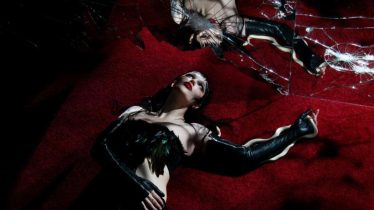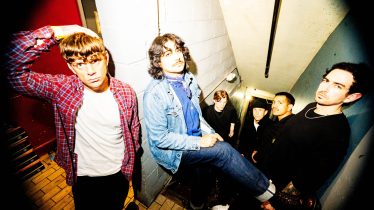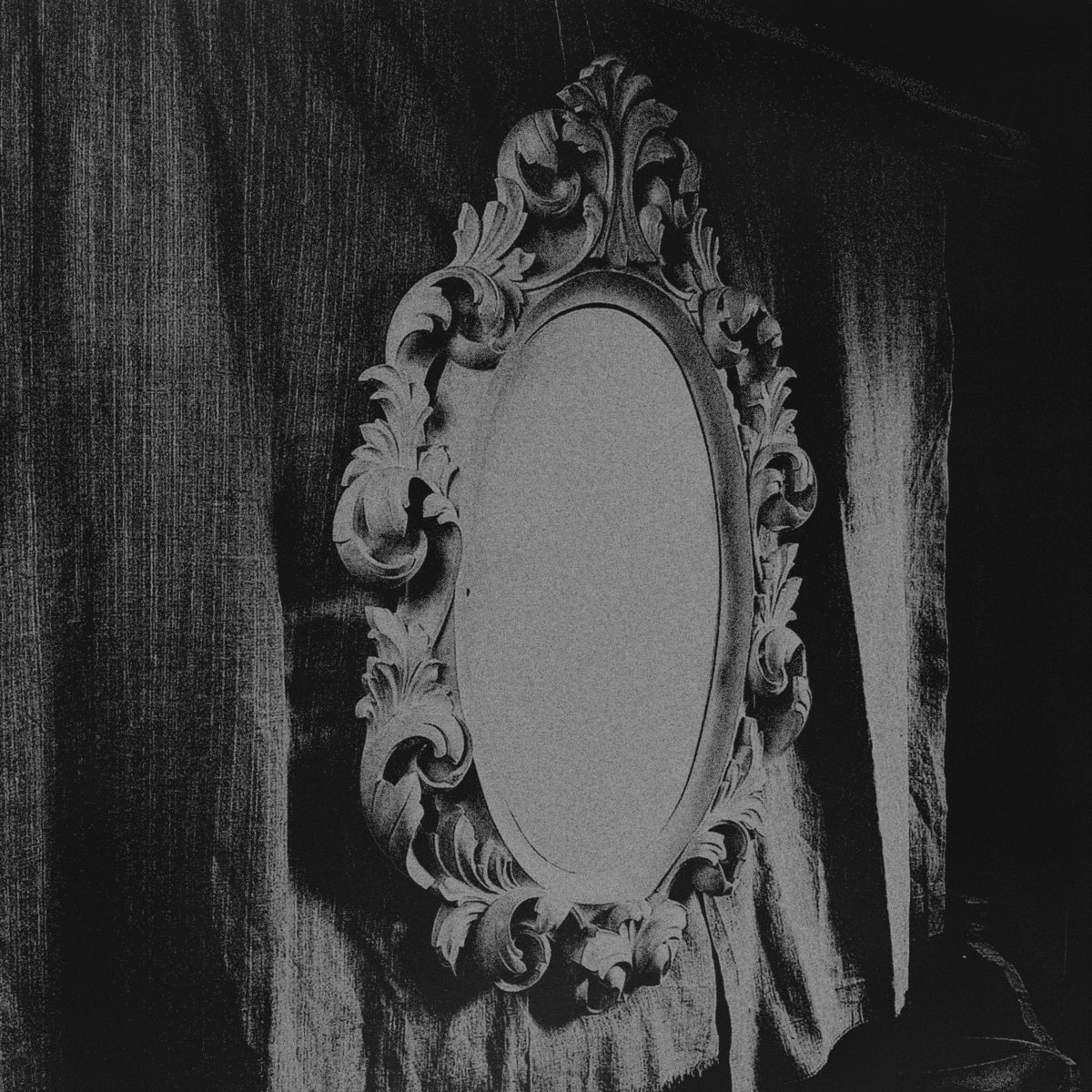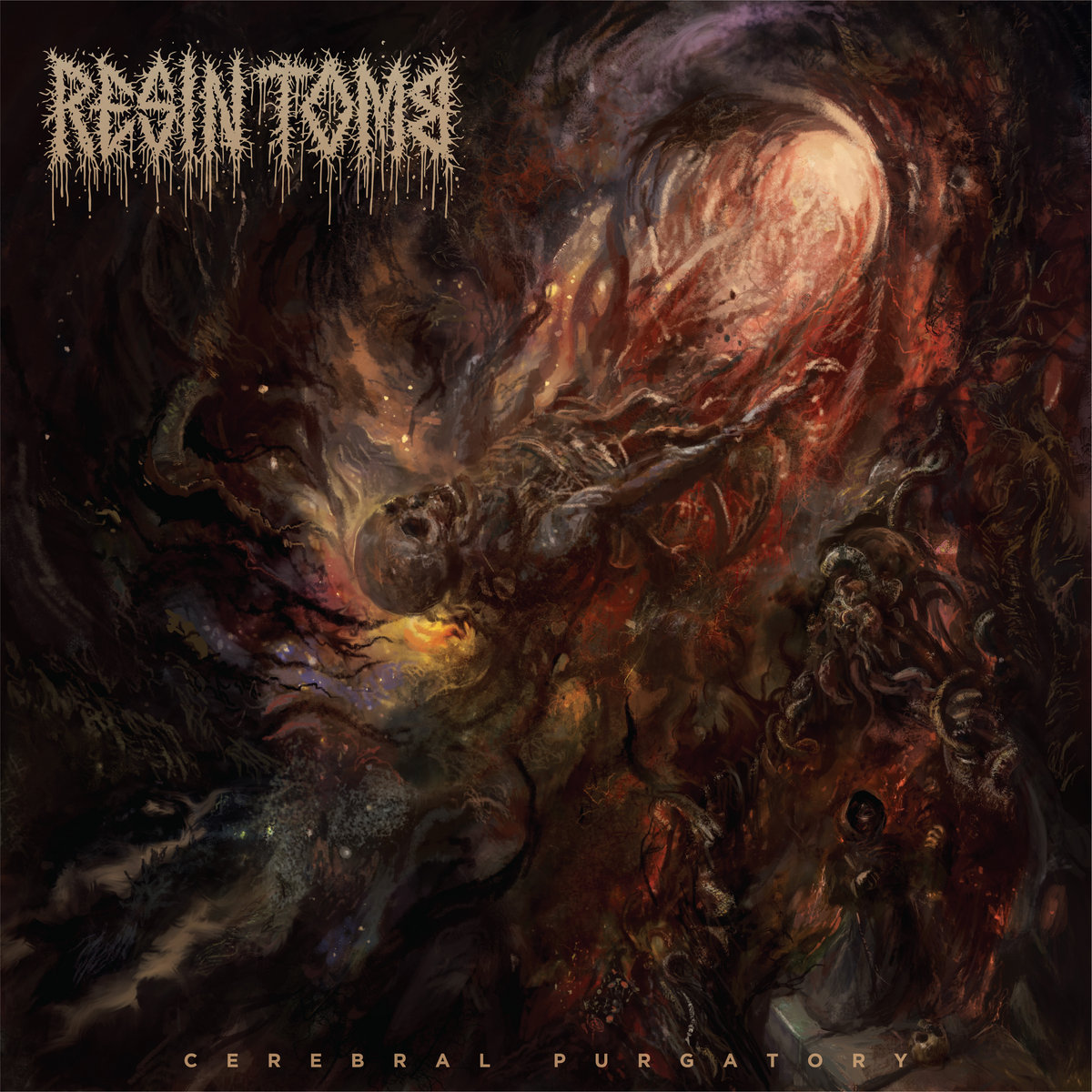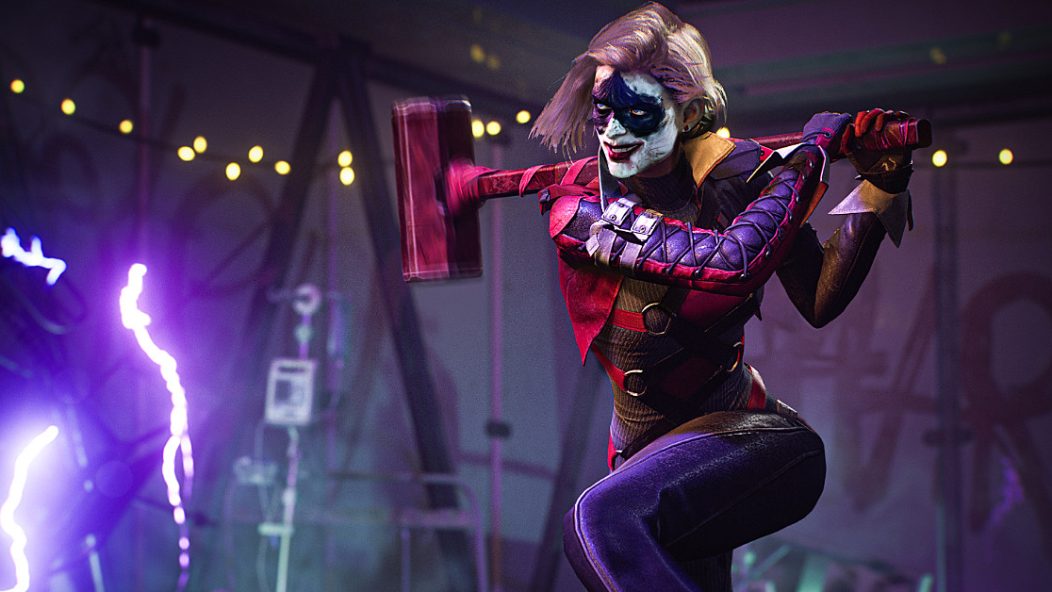
How The Flight and Benoit Lafrance are expanding the Batman universe with the Gotham Knights soundtrack
From comic books to movies, TV to video games, few names in pop culture draw quite as much fanfare as Batman. As the chosen superhero of those who prefer the dark and brooding rather than the all-American wholesomeness of Superman or the wit and sarcasm of Spider-Man, Batman’s universe has often expanded beyond the Caped Crusader himself, to the point where his villains and supporting characters are developed enough to successfully carry their own storylines without him (see: five seasons of Gotham, three more of Batwoman and now Pennyworth for mainstream television examples alone).
Following the success of the Arkham series of video games — Asylum, City and Knight, plus the prequel Origins and spinoff Origins Blackgate — Warner Bros. Interactive Entertainment is back with another Batman-themed title, but this one’s unlike anything gamers have seen before. Gotham Knights begins with the death of Batman and focuses on how the city changes in the wake of losing its protector. The player controls Batman’s four disciples — Robin (Tim Drake), Nightwing (Dick Grayson), Batgirl (Barbara Gordon) and Red Hood (Jason Todd) — as they seek to deal with the rise in crime that naturally occurs when Batman isn’t around to stop it anymore.
Read more: 15 of the best A24 movie soundtracks, ranked
With each of the protagonists having significantly different personalities, backgrounds and styles of play, Gotham Knights boasts a variety in gameplay generally absent from superhero titles. But along with the difference in playstyles comes slight changes in the mood and atmosphere, which is where both the English pair of composers known as The Flight, as well as the game’s advanced sound designer Benoit Lafrance, come into the equation.
As veterans of other massive titles like Horizon Forbidden West, Assassin’s Creed Odyssey and Alien: Isolation, The Flight (Joe Henson and Alexis Smith) knew they had their work cut out for them on Gotham Knights, as not only would they need to provide a brand-new (yet familiar) soundtrack for the massive title, but they’d have to score it for four entirely different characters depending on which one the player chooses to utilize for any given occurrence. Similarly, Lafrance became all too familiar with the kind of scrutiny Gotham Knights’ soundtrack would be put under when a viral tweet from a video game critic called out a particular song choice in the game (more on that later).
Ahead of the game’s Oct. 21 release on PC, PlayStation 5 and Xbox Series X/S, Alternative Press spoke with Lafrance and The Flight — who chose to answer as a unified front, rather than individually — about their latest work and the scope of one of the year’s biggest video games.
What was it like composing a soundtrack for a game set in such a well-known and beloved setting as the Batman universe?
THE FLIGHT: It’s always exciting to take on something with such a rich history. Batman and the DC Universe have been around since 1939, and one of the great things about the comics, TV shows and films is that everyone has their own take on the characters and the world. It’s constantly being reimagined — from the Detective Comics series in the 1940s to more modern classics like Alan Moore’s Batman: The Killing Joke and Frank Miller’s Batman: The Dark Knight. All of these are stylistically very different, but all are recognizable as Batman. That gave us the confidence to look at new creative directions for the Gotham Knights score.
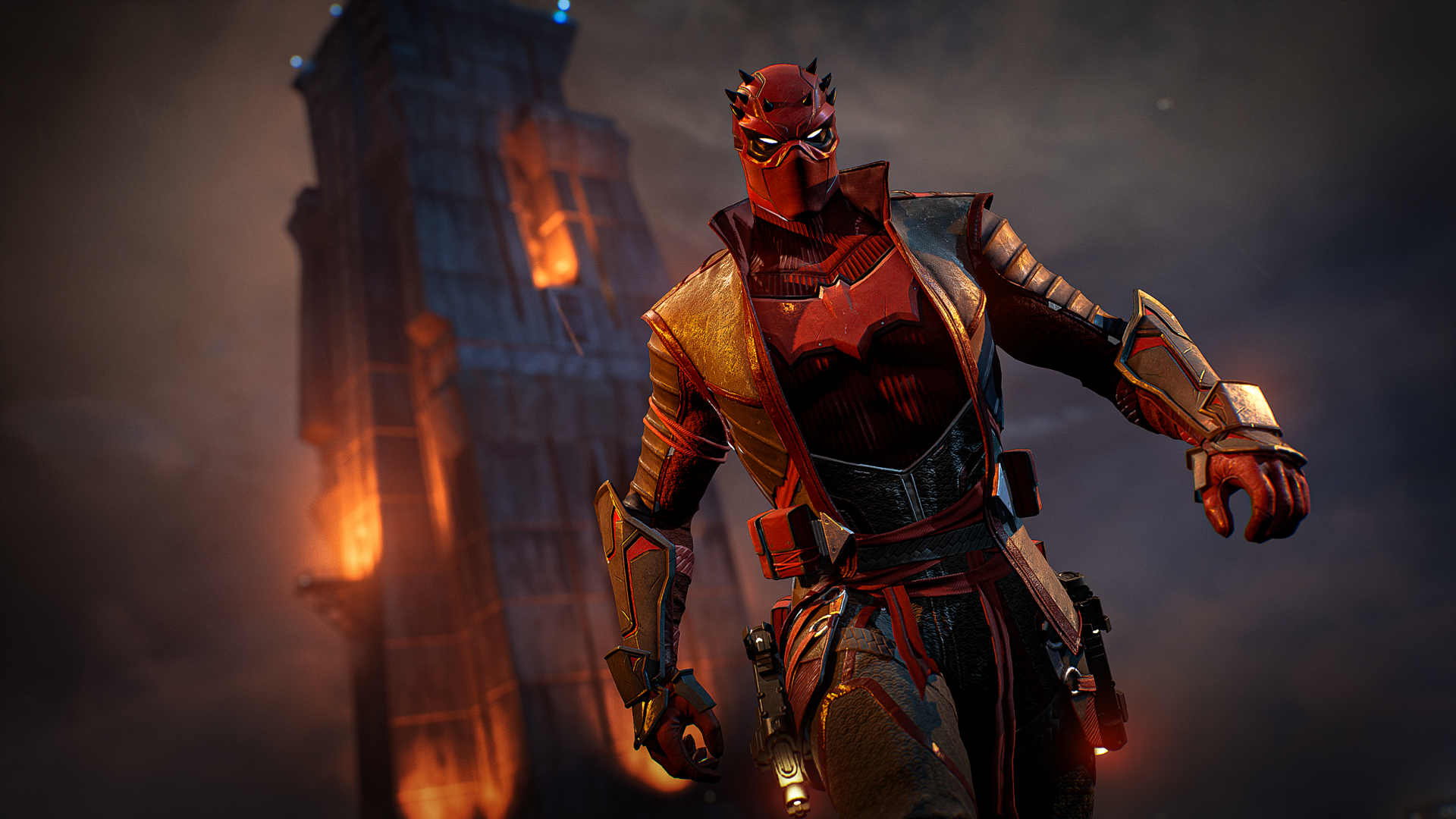
[Photo via Gotham Knights]
BENOIT LAFRANCE: It’s a great honor and also a great responsibility. Fans of comic books and video games are really passionate, and we didn’t want to disappoint them. I come from a background of dark alternative music, so I always had a special attachment to this dark universe. I knew the bar was set pretty high to begin with. DC was very supportive and gave us creative freedom to bring this new story to life.
Seeing as you’ve all worked on some big titles in the past, how was Gotham Knights different?
THE FLIGHT: Every title is different. Gotham Knights is our first game that is set in a contemporary urban environment. We were also composing for a quartet of superheroes — all playable and each with their own themes and musical style. That was a unique challenge.
LAFRANCE: Building a game that can be experienced from the perspective of four very different characters was a new challenge. In a way, it was almost like making four games — everything is bigger and more complex. This was also my first time working on a co-op game, which also adds a layer of complexity and some limitations. Gotham Knights is special for me as a developer because I was there from start to finish. It’s a daunting task to start with a blank slate and create everything, but it’s wonderful to have all of that creative freedom.
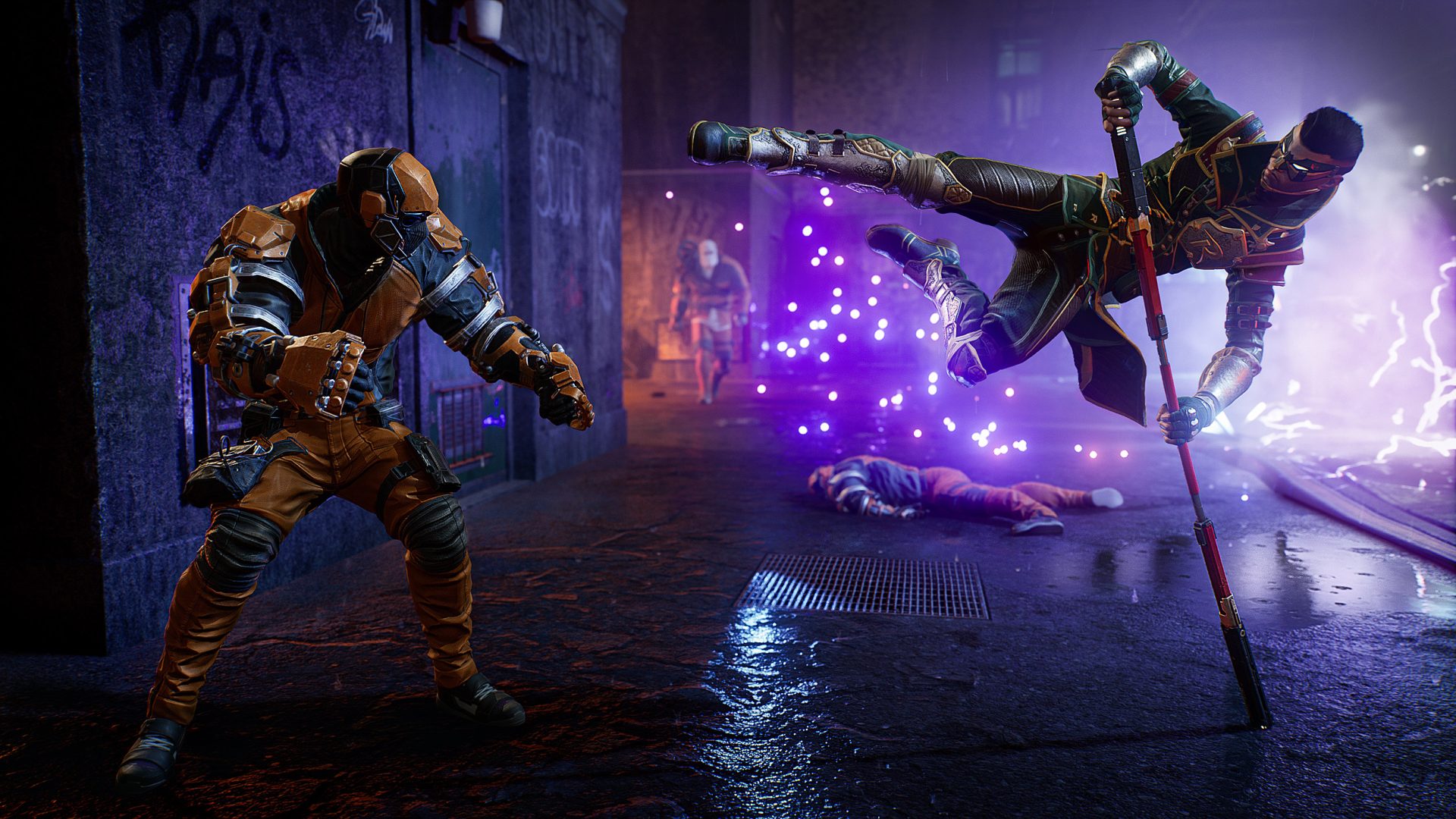
[Photo via Gotham Knights]
Speaking of the different playable characters in Gotham Knights, how did you change things from one track to the next to specifically represent each character?
THE FLIGHT: When you play in the open world, each of the Knights has their own themes and individual musical style. We looked at their story arcs and biographies to understand their personalities and spent a lot of time studying the character animations — the walk and run cycles, and the pace and fighting style of our four protagonists. We then specifically composed music for each of our heroes’ stealth and combat styles. There are specific character traits with each one. Nightwing is very acrobatic, so the music is more uptempo and electronic. Robin is our youngest knight, and he always wears headphones when in the Belfry. We discussed what he would probably be listening to, so his fighting music has a more urban influence. Red Hood is an angry tank, so he has a slower tempo to match his bulk and heavier fighting style. Batgirl is the closest to Batman in appearance and fighting style, so for her, we went with a more heroic vibe.
LAFRANCE: Most of our music is written around characters — our heroes, the villains, the factions. Because you can play as any of our heroes at any time in the game, we needed to find a way to tell our story in music without any restrictions. We chose to focus the music on factions and villains when you’re on a mission, and on the selected hero when on a night of patrol in the city. This way, players get to experience incredible musical moments with foes like Harley Quinn or the Court of Owls but still get to connect with their favorite character while fighting random crimes in the city.
What do you want people to take away from Gotham Knights and your work on it?
THE FLIGHT: It’s a fresh, youthful take on a recognizable world. Hopefully, they’ll enjoy the story and developing the young characters into the protectors of Gotham they were destined to be. And we hope that they’ll hear the love that we put into the score every time they are smashing criminals’ faces into the street.
LAFRANCE: The audio team put a lot of work into making an extremely immersive soundscape. Our city is alive: The action is dynamic and exciting. A lot of love went into the creation of our four heroes, and we hope players will have fun with them on their journey to become the next Gotham protector. We are also proud that players get to experience their favorite heroes without their mask, follow them through their grief [and] the building of their new family.
How do you go about making sure that it still sounds like a Batman-related score while putting your own twist on it?
THE FLIGHT: There is pressure when scoring a game like this because, as you said, it has to sound like a Batman-related score. But, of course, Batman is not the hero of our game, so it also has to sound different. Batman and the city of Gotham have a brooding darkness about them, and we always wanted to have that as a bedrock of our score while also evolving with our new heroes. Batman has always been a dark character, but our young superheroes have their own stories and their own issues — not the least of which is having to overcome their differences and shared grief to defend Gotham from a drastic rise in crime. However, they are young and new, and we definitely wanted to reflect that in a more optimistic sound at times.
LAFRANCE: Our heroes are different, but Gotham City stays the same — corrupted, dangerous and even more so after the loss of its protector. Tension and darkness fill the city through dense soundscapes of sound and music. Our new knights are younger and less brooding than their mentor. They represent hope. We experimented with our heroes’ themes to represent their youth and personalities. Because our game is about becoming the new knight of Gotham, we wanted each hero to have their own theme, and it was important to have the theme evolve during their progression. We agreed with The Flight that strings could be used freely, but brass was reserved for a later portion of the game — when a character has gained more experience. Brass really brings out the feeling of power, but it also adds that seriousness that we associate with the Dark Knight. We also worked with Bear McCreary for the prologue of our story. I won’t go into details, but let’s say he created a great homage to our beloved Dark Knight.
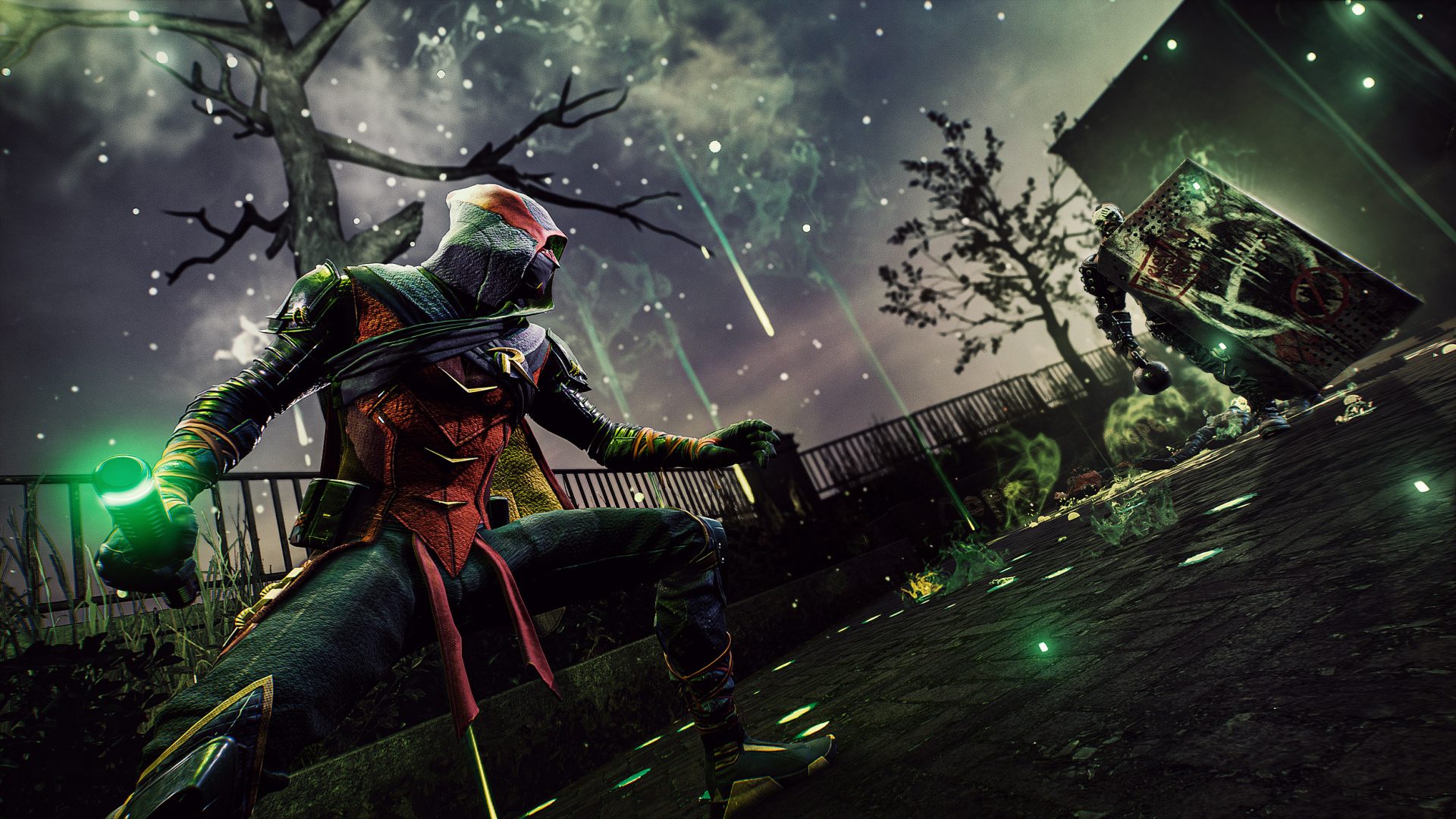
[Photo via Gotham Knights]
What’s the story behind the “controversial” choice of including “Livin’ La Vida Loca” as a track in the game?
LAFRANCE: Harley Quinn’s arc is a lot of fun. She wants to create chaos in the city by removing people’s inhibitions. During her missions, you will find criminals committing crimes while partying and listening to loud music. This created an opportunity to use diegetic music during combat activities to spice things up. The prison riot is where it all starts. As Harley sends you after important information attached to a balloon, she puts this track on the prison’s PA. We knew we needed a song that had a party energy, but it also needed to fit our Harley. While I was researching songs, a colleague recommended a Montreal all-girl band called NOBRO. I knew right away that I wanted these girls to be a part of this scene. We looked at their original material, but nothing was fitting the bill. Then, I heard “Livin’ La Vida Loca,” and one sentence hit me: “She’ll make you take your clothes off and go dancing in the rain.” It was the perfect song for our riot. We presented it to the band, and they loved the idea and came up with this great punk-rock version.
Is there anything else you want people to know about Gotham Knights before they get to play it?
THE FLIGHT: Gotham Knights was a huge undertaking — especially since halfway through composing the score, there was a pandemic. There were a lot of challenges on our side to overcome, and it’s fantastic to finally see the game making it into people’s homes.
LAFRANCE: There’s a fun little detail that I’m happy we got done at the very end of the project. The historical Old Port of Montreal still has portions of the original cobblestone streets. We managed to get a recording for the Batcycle. Since Gotham is a very old city, you can find similar streets and hear a little bit of our city’s history in the game. I also had lots of fun creating versions of Peter Gunn for our Spy Hunter arcade cabinet at the Belfry.
